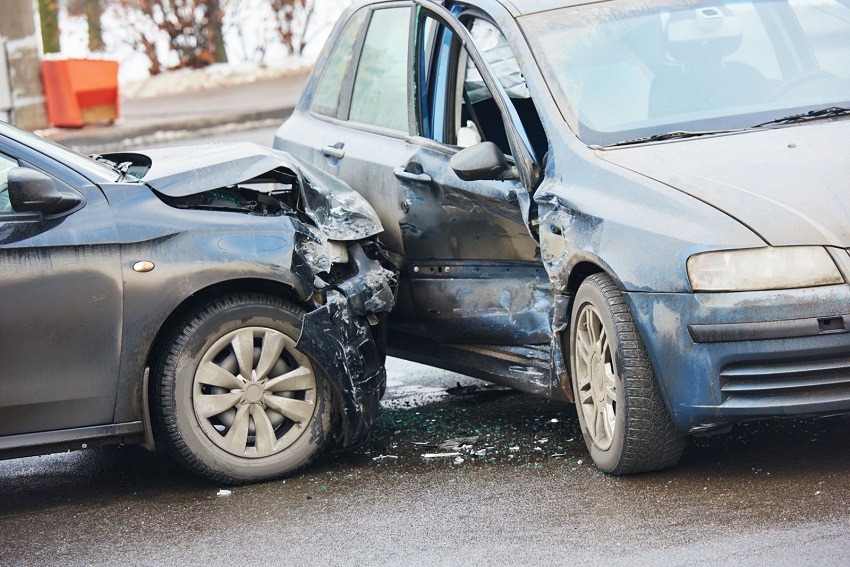Car accidents are scary and dangerous, and ascertaining who is at fault in the accident can be stressful. Paying for a car accident that’s not your fault is something you don’t want to experience. It was most likely the negligence of one of the parties that led to the accident. Here is how to prove that it wasn’t your fault.
How states handle the fault in an auto accident
Every state has its unique laws governing who is financially liable in a car crash. There are two types of states: no-fault and at-fault states.
No-fault states
In the case of a no-fault state, the fault doesn’t matter that much. Drivers are supposed to travel with Personal Injury Protection Insurance coverage. This insurance type usually comes to life when an accident happens, and it covers any economic loss that the policy beneficiary may have incurred.
At-fault states
If you reside in a fault-based state and were in an accident, the victim will have to file a claim using an at-fault driver’s insurer. The claim in this case usually covers damage such as car damage, property damage, lost wages, and medical bills. In such states, if the insurance firm denies the claim because they feel you are at fault, you may move to dispute their decision.
Things you will need to prove your eligibility for compensation for your injuries
If you want to get fair compensation, you must prove that the other driver is at fault. It is easy to establish the claim, but there are instances where this can be complicated. Insurance companies will try to discredit your insurance claim and limit your compensation. You need to prove your case beyond a reasonable doubt. Here are three things you should show the insurance company to prove liability for the accident.
I. The driver was careless and didn’t do their part in practicing great care while driving
iI. In a case where the driver showed negligence which led to the accident
Iii. The negligence of the driver leads to physical damage to you
Steps to proving you were not at fault in the accident
Gather evidence from the crash site
You need to collect as much evidence as possible from the accident site. You will need this evidence to prove your innocence in the case. If possible, ensure you take photographs of the car damage and the location of the crash.
Get the right contacts
Make sure you exchange contact with the other parties involved in the crash. Make sure you keep the conversation plain and simple enough so that you don’t complicate issues by apologizing and acknowledging mistakes.
Get a witness report
Find out if anyone was around when the accident occurred, and if so, have a word with them and get their statements if they consent.
Never admit fault
If you get involved in an auto accident, it can quickly snowball into a legal issue. What you say or do may be used against you during the trial. Ideally, you should keep the crash details to yourself and only share them with a lawyer.
Final thoughts
The processes before, during, and after accidents can determine the outcome of an auto accident case. Hiring an experienced lawyer will help you avoid the pitfalls associated with such a process and aid you in getting the best deal possible.





